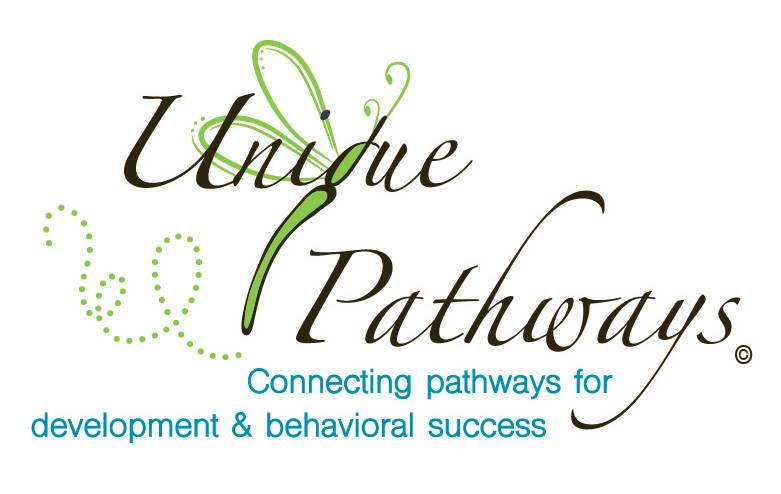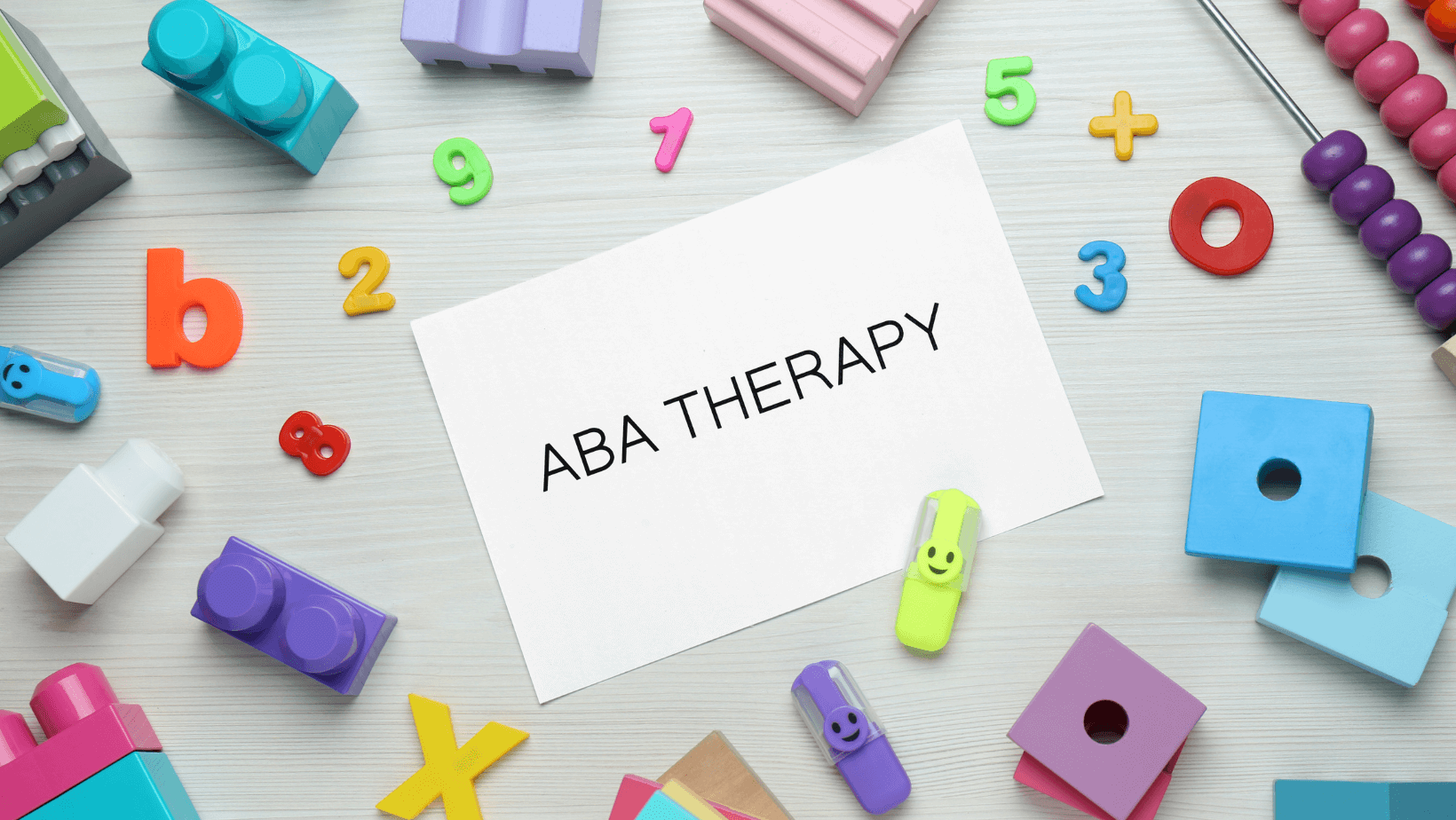Have you ever noticed your child rocking back and forth, flapping their hands, or repeating the same sounds over and over? For children with autism spectrum disorders (ASD), these repetitive actions, known as stimming, are often a way to cope with overwhelming situations or express their emotions. While these behaviors are typically harmless, in some cases, they can lead to physical harm or create challenges in social settings.
Stimming isn’t just a random habit—it’s a meaningful way for individuals with autism to manage emotions, sensory input, and stress. Let us explore how stimming works, what can trigger it, and how to manage stimming behaviors when they become unsafe or disruptive.
Understanding stimming helps us create environments that support individuals with autism while respecting their unique needs.

What is Stimming?
Stimming, or self-stimulatory behavior, refers to repetitive movements or actions that autistic people or children use to manage emotions, handle sensory overload, or express themselves.
Everyone has their quirks—like tapping a pen when thinking or bouncing a leg out of habit—but stimming behavior in autism is more frequent and has a deeper purpose. It’s a way for people with autism to feel more comfortable in their environment and navigate emotions.
Common Examples of Stimming
-
Rocking back and forth: You might see this during a stressful moment, like when a child is waiting in a crowded doctor’s office or hears a sudden loud noise.
-
Hand flapping: Often happens when someone is really excited, like when they’re about to open a birthday present, or anxious, such as meeting new people.
-
Spinning: Turning in circles can be calming, especially in situations like a noisy family gathering where there’s a lot going on.
-
Repeating sounds or words: Sometimes, saying a favorite word or mimicking a sound helps someone process emotions or focus—like repeating a phrase from their favorite show when they’re nervous.
-
Flicking fingers: This might happen when someone is concentrating on something tricky, like a school assignment, or waiting for their turn in a game.
-
Jumping up and down: Often seen when someone is feeling pure joy, like when they find out they’re going to the park or their favorite place.
These behaviors are much more than habits. They’re meaningful tools autistic individuals use to navigate their world. Recognizing these actions in different situations can help us respond with understanding and support.
Support Your Child’s Development Journey
Purpose of Stimming
Stimming serves several important functions for individuals with Autism Spectrum Disorder (ASD). These behaviors help them navigate daily experiences and manage various challenges.
Self-Regulation: Stimming helps autistic individuals manage their emotions and sensory input. For instance, a child might hum quietly or rock back and forth to stay calm during a noisy classroom activity. Research indicates that stimming can reduce stress by providing predictability in overwhelming situations.
Coping Mechanism: In overwhelming situations, such as entering a crowded shopping mall or meeting new people, stimming can help process anxiety. For example, flapping hands or tapping fingers might release nervous energy and provide grounding.
Sensory Stimulation: During periods of boredom or understimulation, stimming offers necessary sensory input. A child might spin in circles or flick their fingers while waiting in a quiet doctor’s office to keep engaged.
Pain Management: Stimming can distract from physical discomfort. For example, a teen might tap their foot rhythmically or rub their hands together to divert focus from a headache.
Emotional Expression: Stimming can communicate feelings that are hard to express verbally. Jumping up and down or repeating a favorite phrase might show excitement while rocking or making low sounds could indicate feeling upset or overwhelmed.
Triggers for Stimming
Certain situations or environments can prompt stimming in autistic people as a way to cope or respond. These triggers often relate to how they experience sensory input, emotions, or unexpected changes in their surroundings.
Sensory overload is one of the most common causes of stimming. For instance, loud noises, bright lights, or strong scents in a crowded mall can feel overwhelming, prompting repetitive behaviors like hand flapping or rocking to regain a sense of control. Similarly, changes in routine—such as an unexpected schedule shift—might lead to stimming to cope with the unfamiliar.
Emotions also play a big role. Strong feelings like excitement, fear, or even happiness can lead to self-stimulating behaviors as a way to process or express those emotions. On the other hand, when an autistic person feels under-stimulated or bored, they might engage in repetitive actions like flicking their fingers or tapping to fill the sensory gap.
Stress and anxiety are also major triggers for stimming. Imagine a child facing a big test or entering an unfamiliar social situation—these moments of uncertainty might lead to stimming as a comforting response.
Book For Your Child’s Therapy Session Now!
Managing Stimming
Stimming is often a positive and helpful tool for autistic individuals, but in some cases, it can become disruptive or even harmful. To manage these behaviors, it’s essential to first identify triggers—such as loud environments or changes in routine—and address them when possible.
For example, if bright lights in a classroom cause a child to engage in excessive stimming, dimming the lights or offering sunglasses could help. Providing alternative and safer stimming options, like a fidget toy or stress ball, can also redirect harmful behaviors in a supportive way.
Other strategies include incorporating exercise, such as jumping on a trampoline or going for a walk, as a replacement activity to burn off energy and reduce stress. Scheduling “stim breaks” during the day allows for healthy self-expression without interfering with tasks or routines. Teaching communication skills, like using simple phrases or gestures to express needs, can also reduce the need for stimming in some situations.
In cases where stimming behaviors significantly impact daily life, Applied Behavior Analysis (ABA) therapy might offer more structured support. However, it’s important to remember that the goal isn’t to stop stimming entirely, as many autistic people find it therapeutic. Instead, the focus should be on
managing harmful behaviors while respecting the need for beneficial stims.

Acceptance and Understanding
Recent research highlights the value of stimming as a coping mechanism for autistic individuals. Rather than attempting to eliminate stimming behaviors, it’s more helpful to understand their purpose and create supportive environments.
Every stim serves a reason, like rocking back and forth to find calm in noisy settings or flapping hands to express excitement. Recognizing these behaviors makes it easier to identify triggers such as sensory overload or anxiety, enabling adjustments to reduce distress.
Providing a safe space for stimming, whether through quiet areas or sensory tools like fidget spinners, encourages comfort and self-regulation. Educating others about stimming and its role in emotional and sensory management promotes greater acceptance and reduces stigma. Research also underscores that respecting stimming supports overall well-being, emphasizing its importance as part of an autistic individual’s life.
The Role of Understanding in Autism Support
Supporting a child with autism starts with understanding their unique needs, and stimming is a big part of how they navigate the world. Instead of viewing stimming as something to fix or stop, think of it as a language—one that communicates emotions, manages stress, and provides comfort.
By recognizing its purpose and creating environments that encourage safe and helpful stimming, you can make a real difference in their daily life.
Remember, not all stimming needs to be managed or redirected. The goal is to address any behaviors that might cause harm or significant disruption while embracing stimming as a valuable tool for self-regulation. Educating yourself and others about stimming can help foster empathy, reduce stigma, and create a more inclusive space where autistic individuals can thrive.









